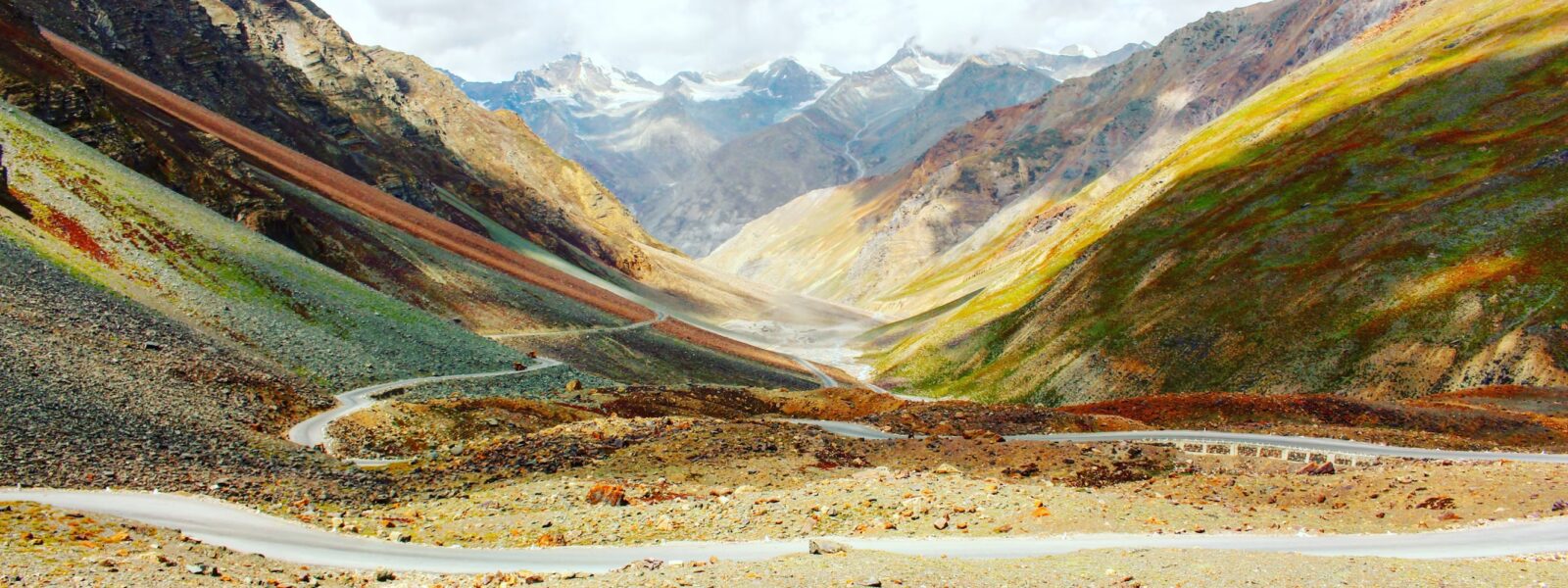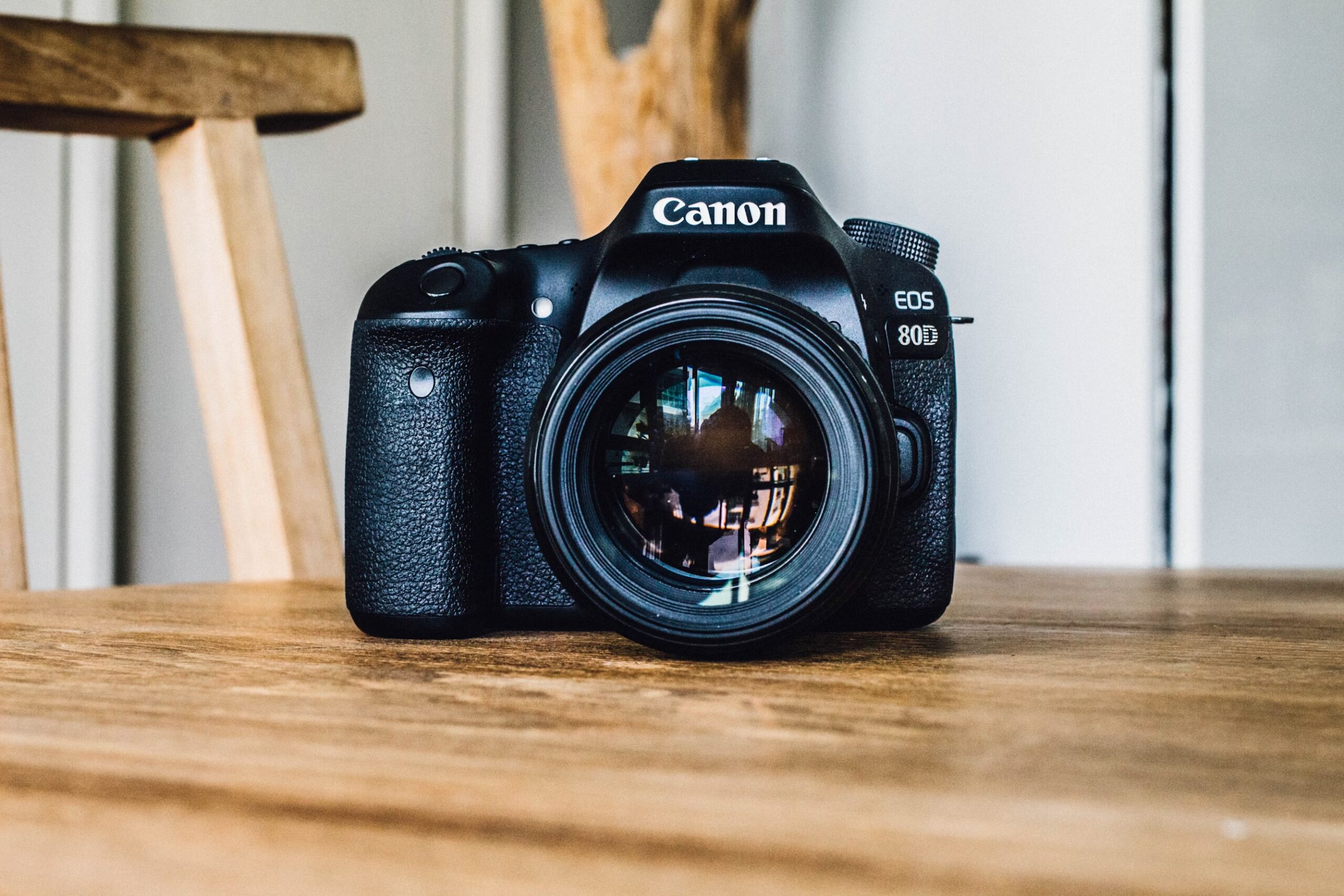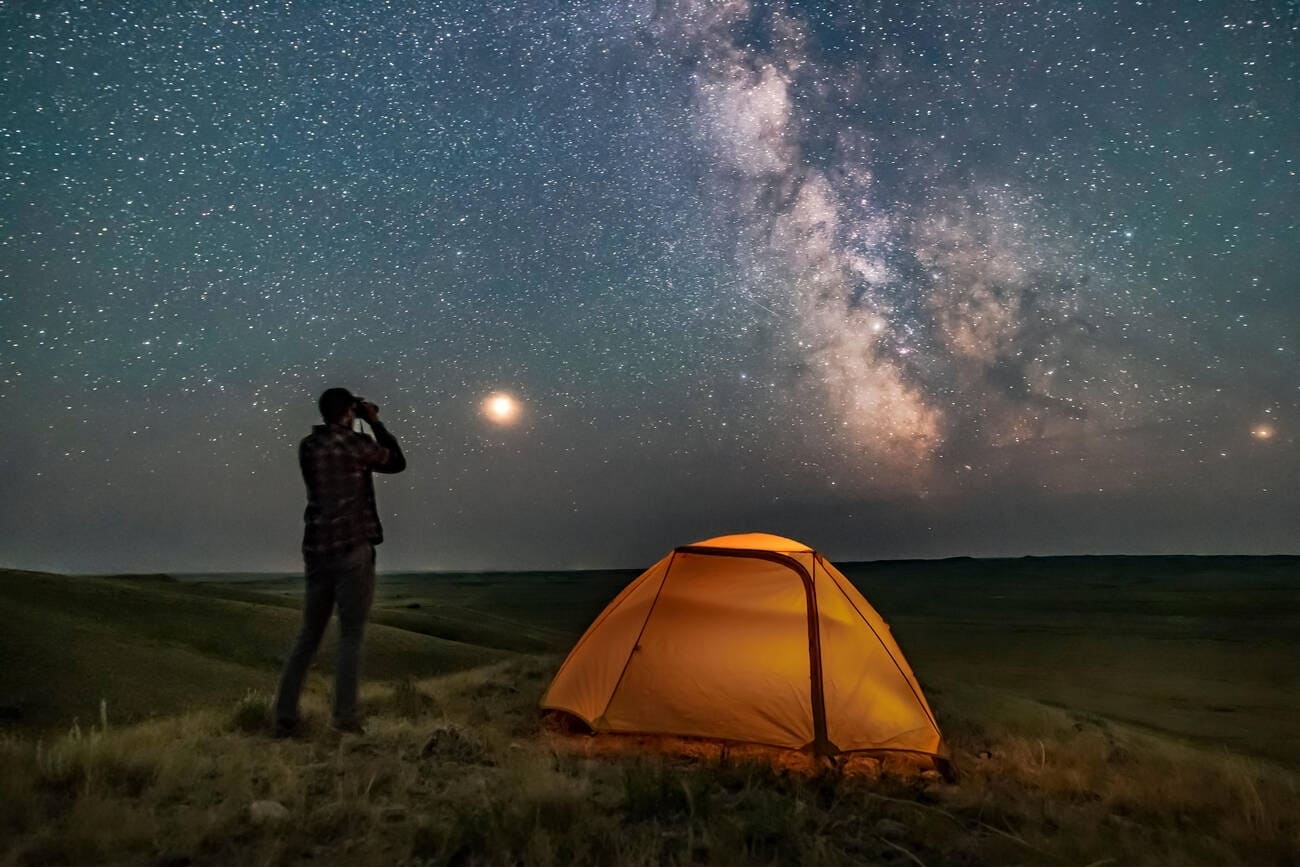Photography Guide to Ladakh introduces you to a land of rugged beauty and spiritual tranquility—a photographer’s dream.
With its breathtaking landscapes, serene lakes, towering monasteries, and clear night skies, this high-altitude desert in the Himalayas offers limitless opportunities for photographers. Whether you’re an amateur looking for scenic shots or a professional aiming for that perfect frame, Ladakh will not disappoint. In this Photography Guide to Ladakh, we’ll explore 12 stunning locations that will help you capture some of the most incredible shots of your life.
Why Ladakh is a Photographer’s Paradise
Ladakh’s Unique Landscape and Light
Ladakh’s natural beauty is unlike any other region in India. Located at an average altitude of 10,000 feet, the landscape is an enthralling mix of barren mountains, lush valleys, and crystal-clear lakes. What sets Ladakh apart is its unique light—thanks to the thin atmosphere, the sunlight is often more intense, resulting in vivid colors that pop in photographs. Whether you’re shooting at Pangong Lake or capturing the Zanskar Valley, Ladakh’s Himalayan backdrop adds a dramatic effect to every shot.

Cultural and Wildlife Photography Opportunities
Ladakh isn’t just about landscapes—it’s also rich in cultural heritage and wildlife. The region is home to ancient monasteries, vibrant festivals, and remote villages that offer incredible opportunities for cultural photography. Festivals like the Hemis Monastery festival provide vibrant, colorful scenes, perfect for travel photographers. Additionally, Ladakh is a hotspot for wildlife photography, with species such as the snow leopard, Himalayan ibex, and a variety of birds making appearances, particularly in the Hemis National Park.
Best Time to Visit Ladakh for Photography
Timing is everything when it comes to photography, and in Ladakh, each season offers a different experience. The best time to visit Ladakh for photography is from May to September. During this period, the roads to the famous Pangong Lake and Nubra Valley are open, and the weather is relatively mild. Winter is excellent for wildlife photography and capturing the stark beauty of the frozen landscape, though accessibility can be a challenge due to heavy snow.
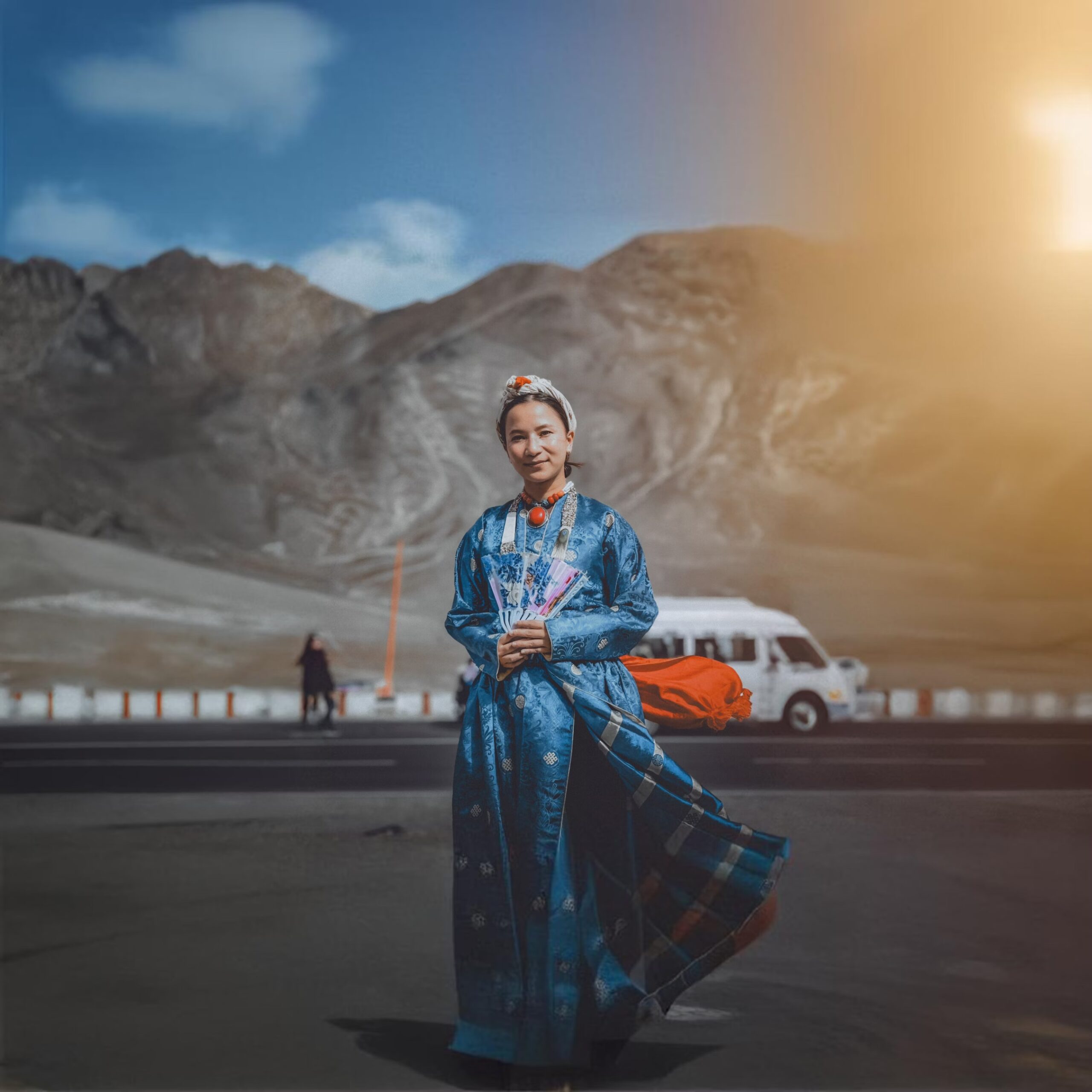
Essential Photography Gear for Ladakh
Cameras, Lenses, and Accessories for High-Altitude Photography
When photographing Ladakh, preparation is key. High-altitude photography presents unique challenges, from extreme weather to harsh lighting conditions. For landscape shots, a wide-angle lens (16-35mm or 24-70mm) is essential to capture the vastness of Ladakh’s stunning vistas. For wildlife photography, a telephoto lens (70-200mm or 100-400mm) is highly recommended. Additionally, don’t forget to carry ND filters, a sturdy tripod, and weather-sealed camera bags, as the dry, dusty winds can be harsh on your equipment.
Drone Photography Regulations in Ladakh
While drone photography can add a whole new perspective to your shots, there are strict regulations in Ladakh. Before flying a drone, it’s crucial to obtain permissions from local authorities. Areas like Leh Palace, Pangong Lake, and monasteries are often restricted for drone usage, so be sure to check the rules to avoid any fines. Capturing aerial views of Ladakh’s valleys and lakes can be an unforgettable experience, but make sure to fly responsibly.
Top 12 Photography Locations in Ladakh for Stunning Shots
1. Pangong Lake – The Perfect Mirror

Pangong Lake is arguably the most famous photography location in Ladakh. The lake’s still waters act as a natural mirror, reflecting the surrounding snow-capped peaks, creating an ethereal effect. The colors of the lake shift dramatically from blue to green to turquoise throughout the day, offering endless opportunities for experimentation with light and composition. For the best shots, arrive at sunrise or sunset when the light is soft and the reflections are pristine.
2. Nubra Valley – Sand Dunes and Monasteries
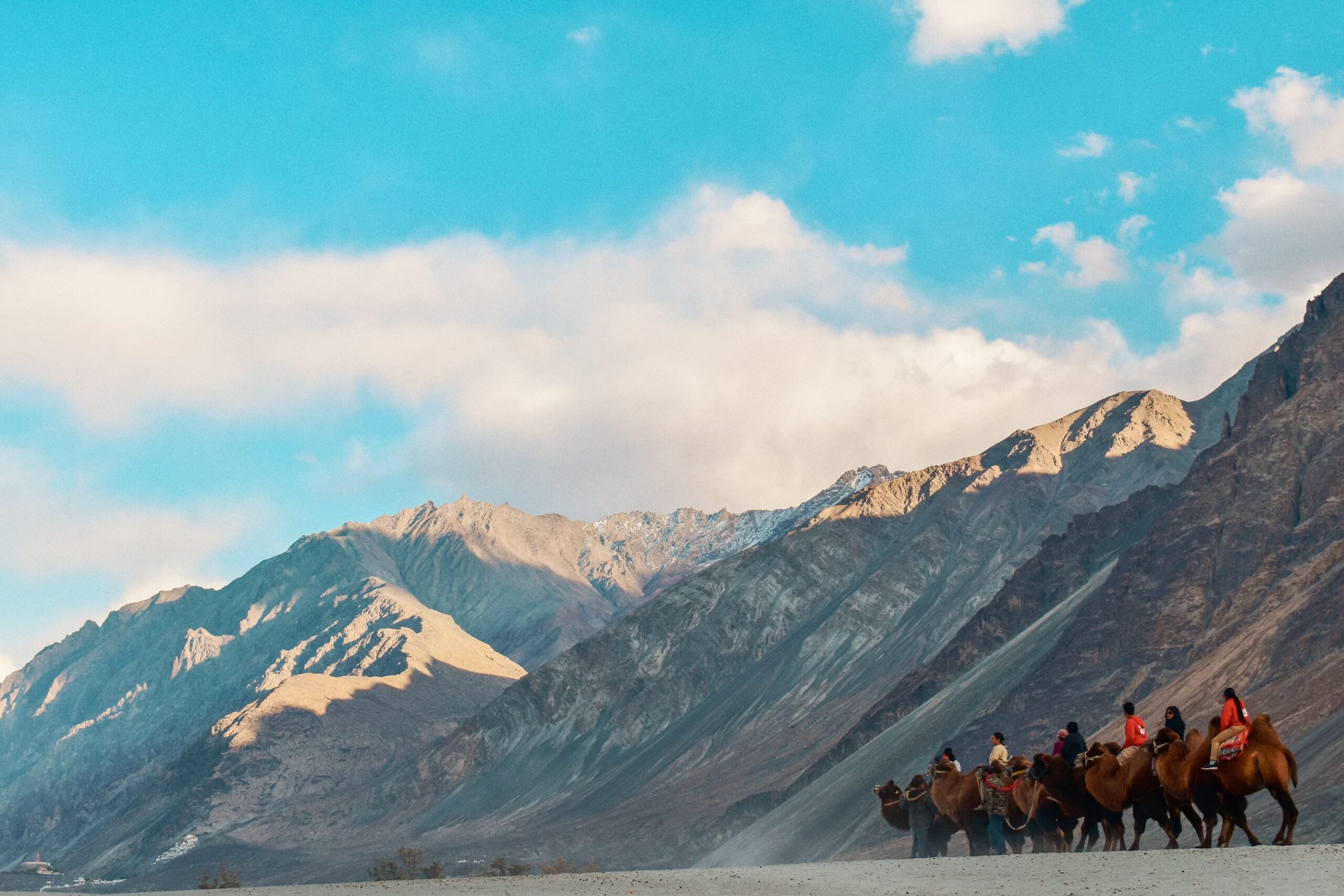
Nubra Valley is a photographer’s paradise due to its diverse landscapes. From the vast sand dunes of Hunder to the majestic Diskit Monastery, Nubra offers a variety of subjects. The golden hour is the perfect time to capture the play of light and shadows over the dunes, while the Diskit Monastery offers panoramic views of the valley below. You can also capture the unique Bactrian camels that roam the valley, adding a touch of exotic wildlife to your portfolio.
3. Tso Moriri – Serenity Amidst the Mountains
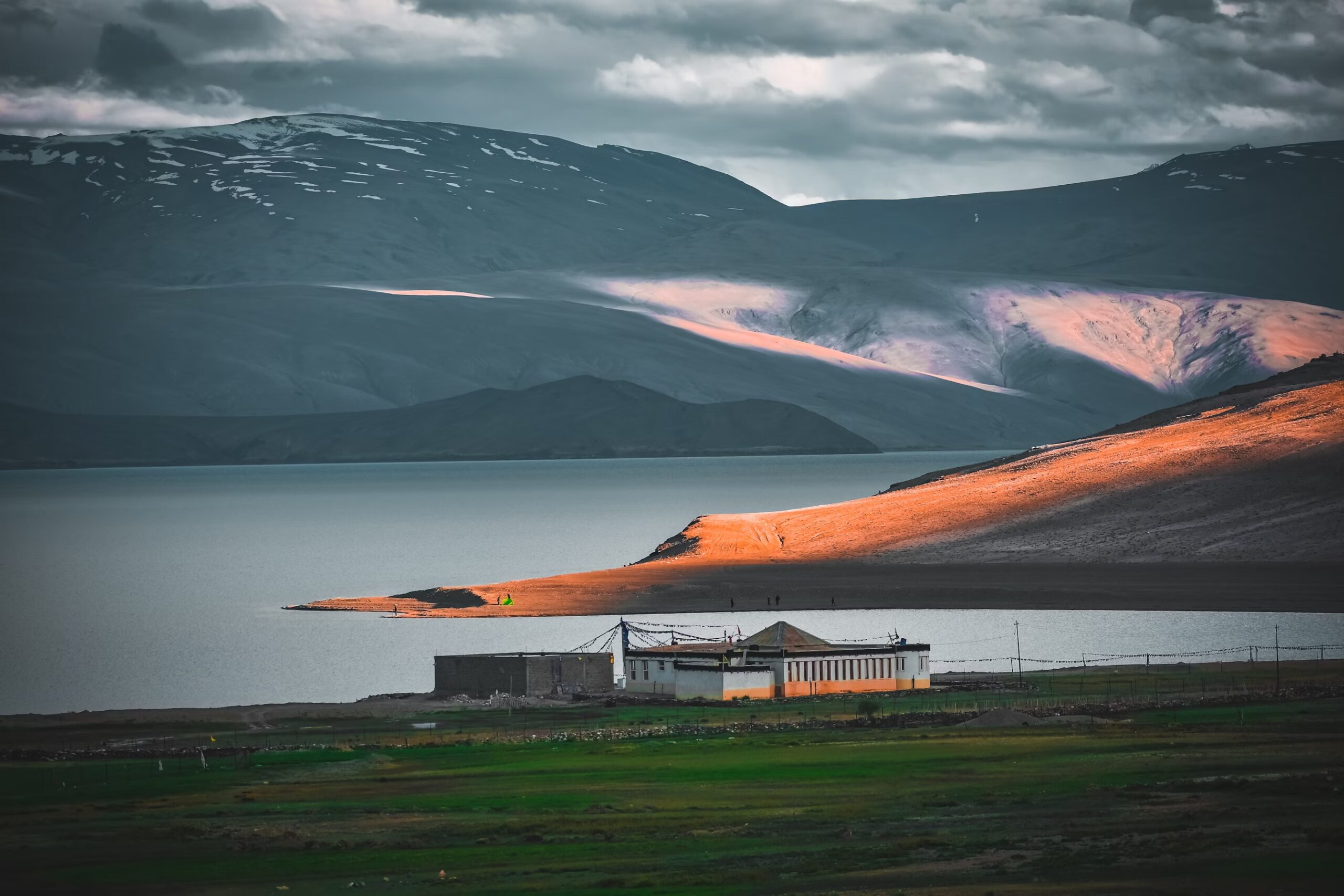
If you’re looking for serenity, head to Tso Moriri, a tranquil lake surrounded by the towering Himalayan ranges. The stillness of the lake and the dramatic mountains make for a perfect combination of landscape photography. The surrounding area is relatively less visited, offering an opportunity to capture pristine shots without the disturbance of crowds. The best time to shoot here is during the early morning hours, as the lake reflects the sky like a perfect mirror.
4. Leh Palace – A Historical Viewpoint
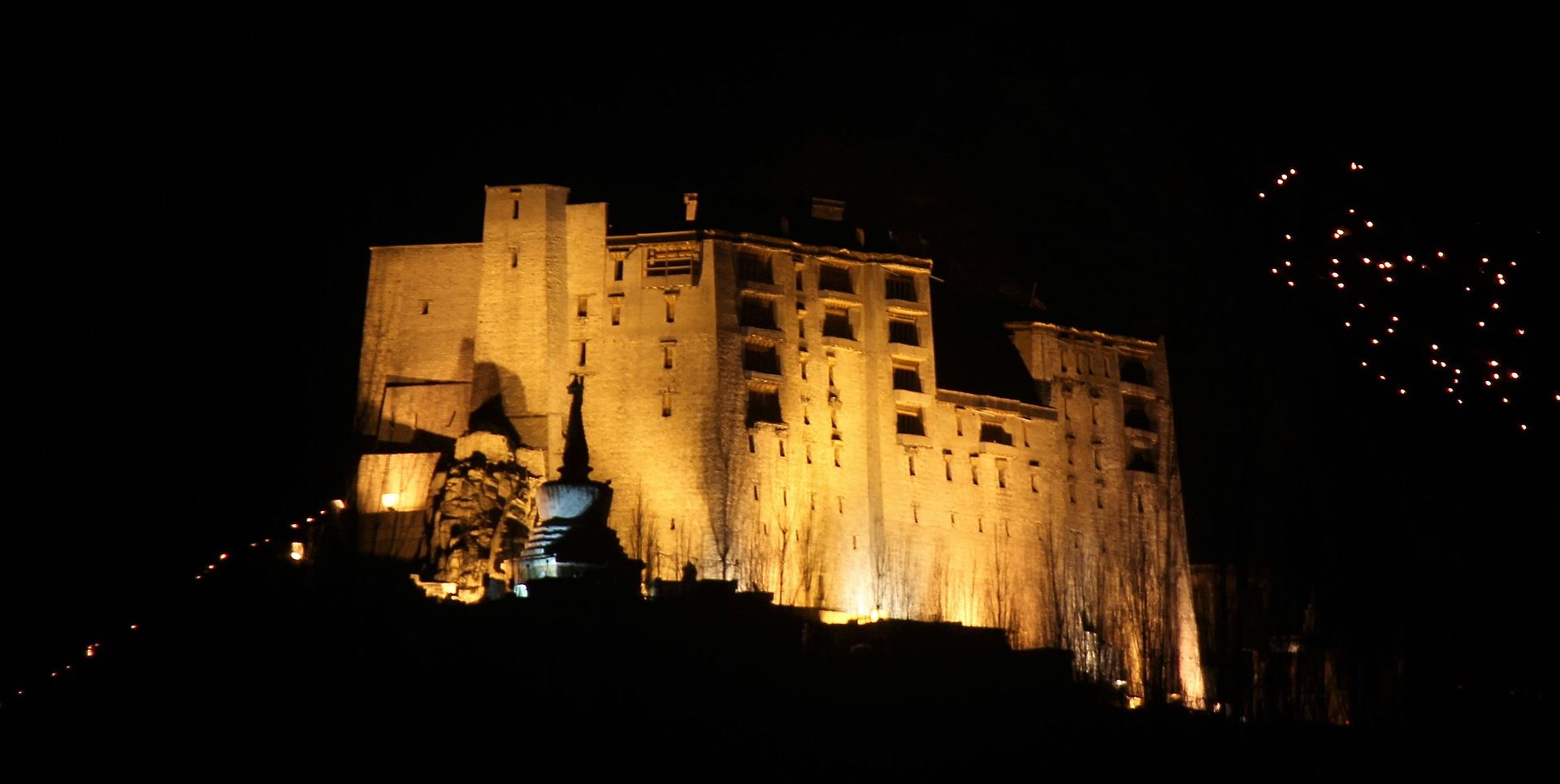
Overlooking the town of Leh, the Leh Palace offers panoramic views of the valley and surrounding mountains. The palace itself is an architectural marvel, perfect for historical photography. Climb to the top floors to capture Leh’s sprawling landscape against the backdrop of Stok Kangri. The golden light during sunset is ideal for dramatic shots of the palace’s crumbling yet majestic façade.
5. Hemis Monastery – Spiritual and Scenic
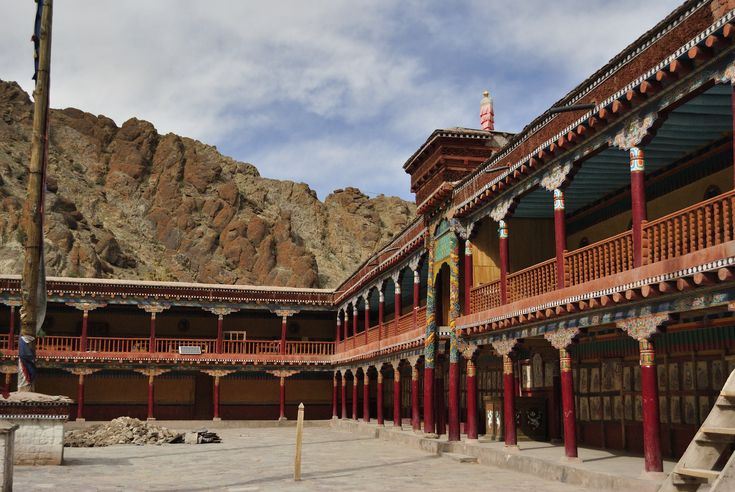
The largest monastery in Ladakh, Hemis Monastery, is not only a spiritual center but also an ideal photography location. The monastery is famous for its Hemis Festival, where monks perform masked dances in vibrant costumes. The colorful festival provides excellent opportunities for cultural and travel photography. The surrounding scenery, with its backdrop of snow-clad mountains, makes for a picture-perfect setting.
6. Magnetic Hill – The Optical Illusion
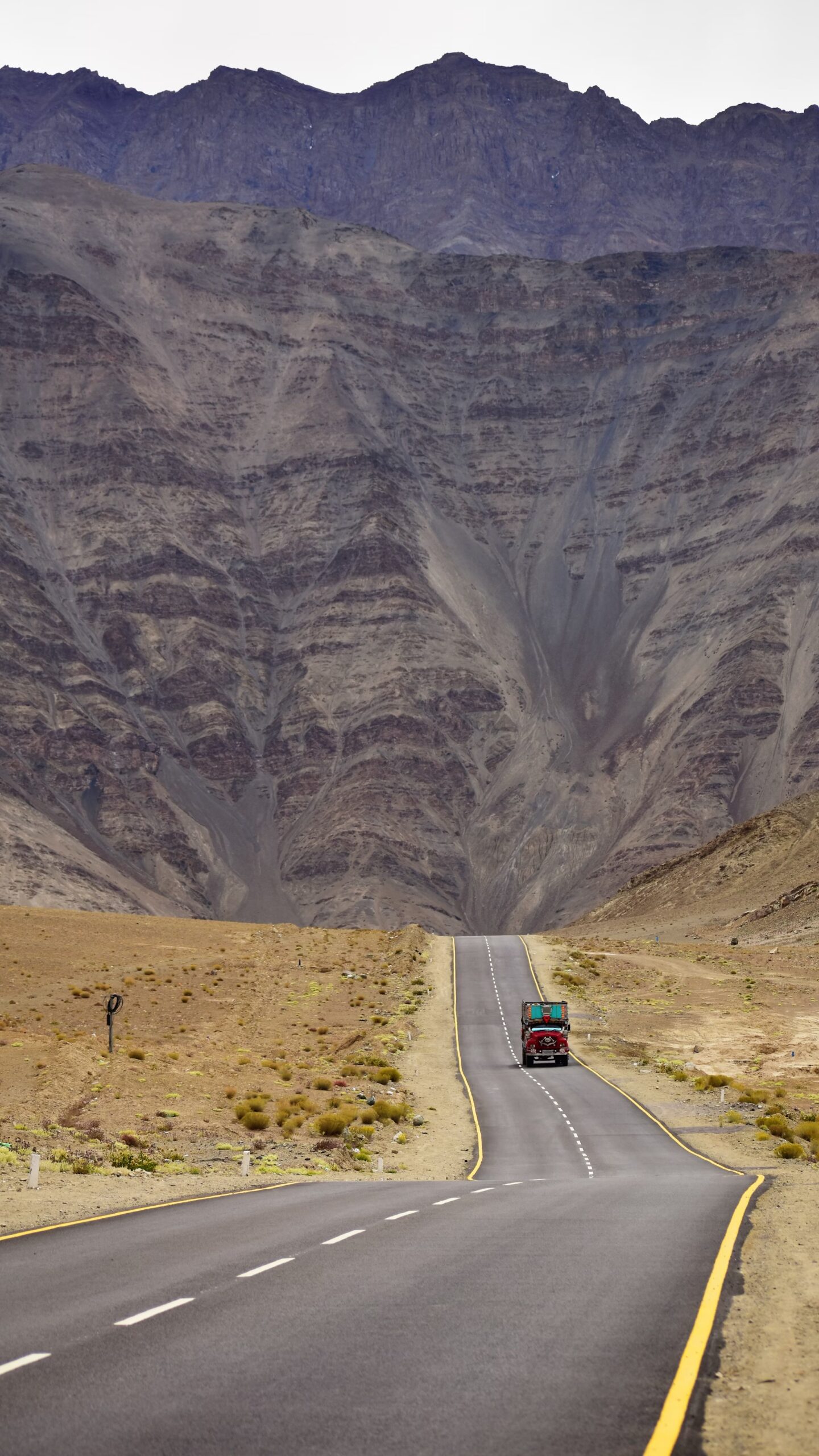
At Magnetic Hill, cars appear to roll uphill, defying gravity. This optical illusion provides an excellent subject for creative photography. By experimenting with angles and perspectives, you can create unique shots that play with the viewer’s perception. The best time to shoot here is during the late afternoon when the sun casts long shadows, enhancing the illusion of uphill movement.
7. Zanskar Valley – Rugged and Remote
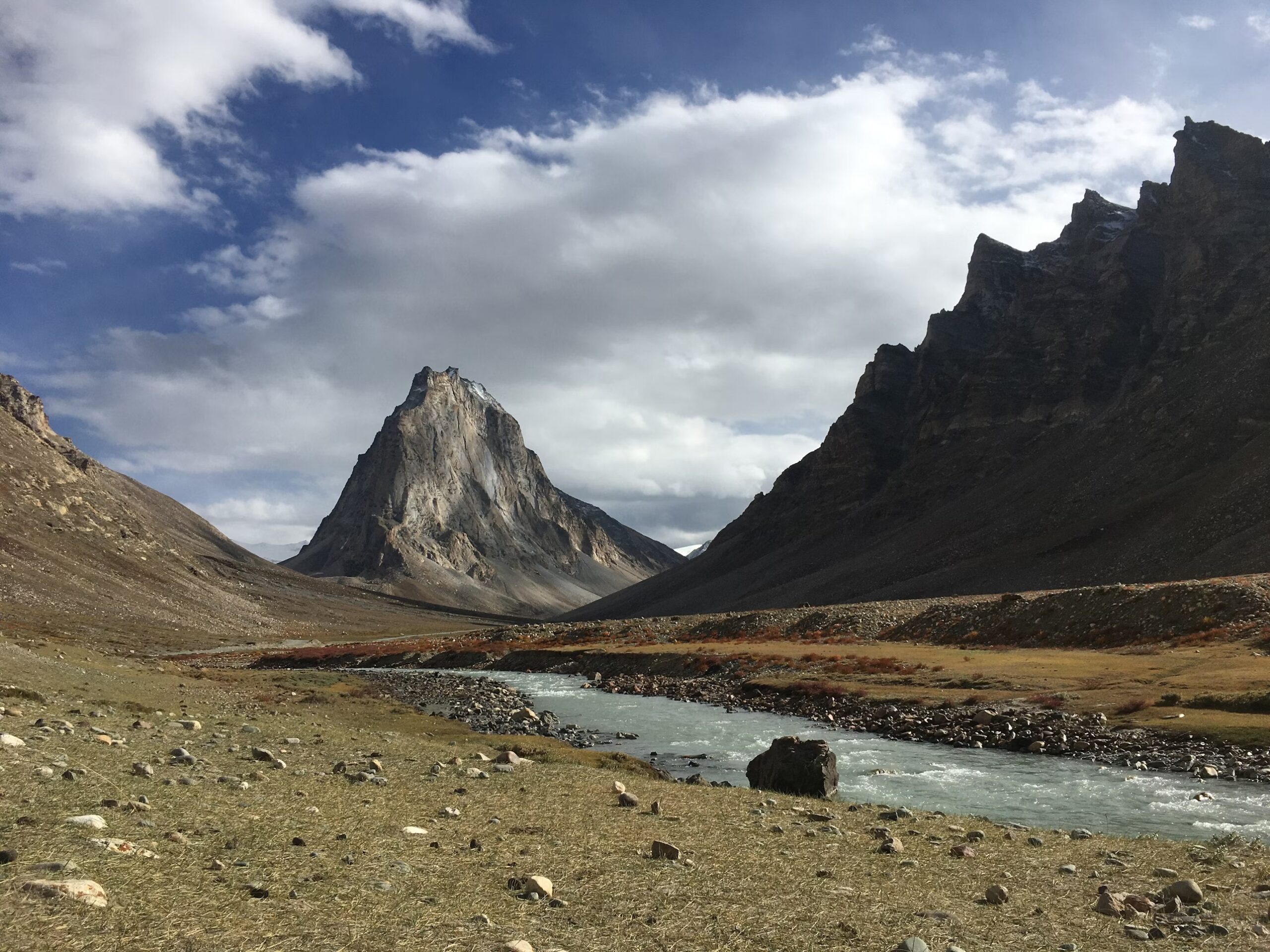
For those willing to venture off the beaten path, Zanskar Valley offers rugged landscapes that are a dream for photographers. The towering Himalayan peaks, gorges, and remote villages provide endless opportunities for adventurous photographers. The Zanskar River offers incredible shots of icy waters cutting through the dramatic terrain. Visit during the summer when the road is accessible, and the valley is in full bloom.
8. Shanti Stupa – A Panoramic Gem
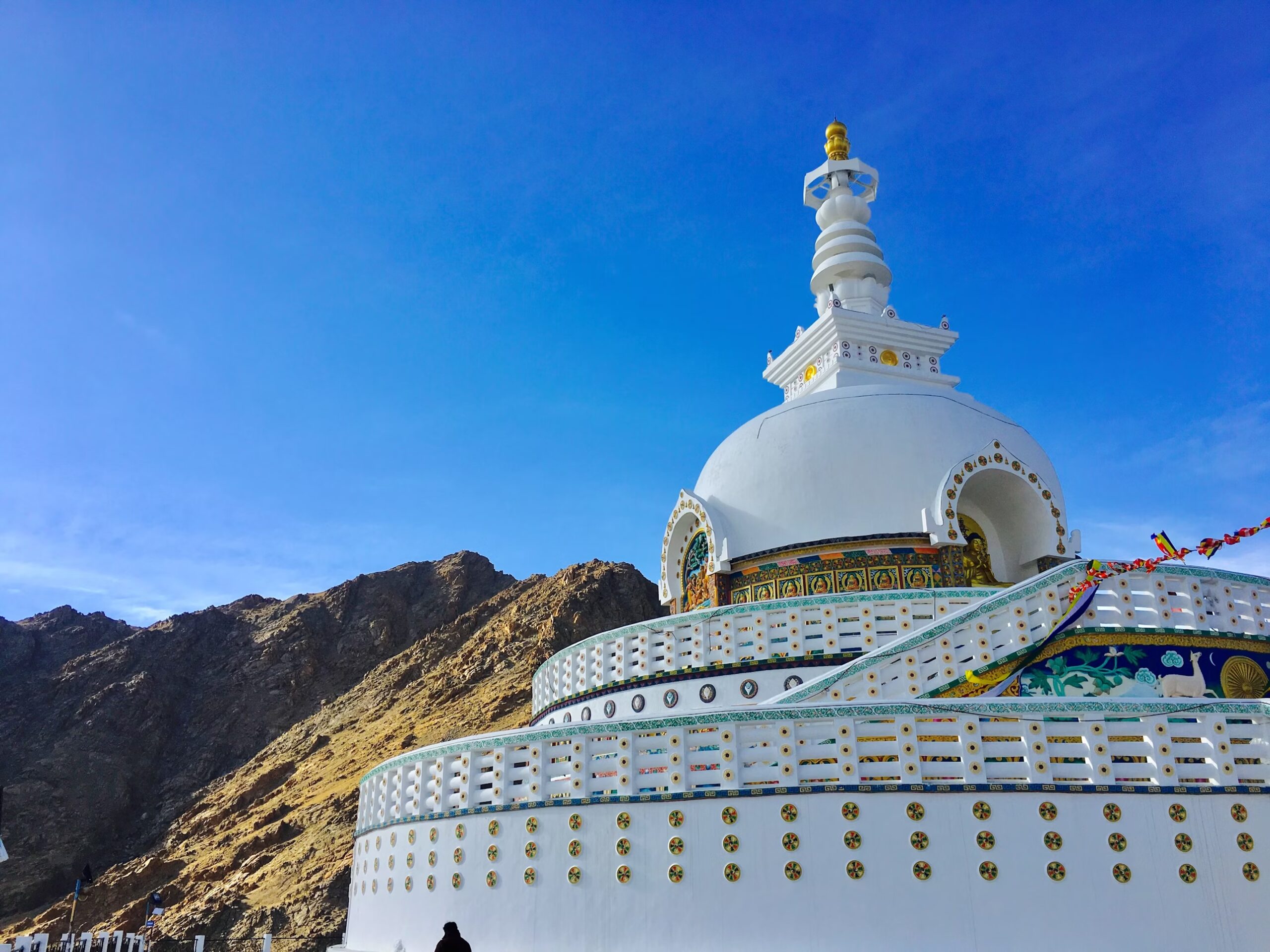
Perched on a hilltop, Shanti Stupa offers panoramic views of Leh town and the surrounding snow-capped peaks. This spot is ideal for sunrise and sunset photography. The golden light hitting the white dome of the stupa makes for a striking contrast against the deep blue sky. It’s also a great spot for capturing night photography, with clear skies offering perfect conditions for astrophotography.
9. Khardung La – The Highest Motorable Road
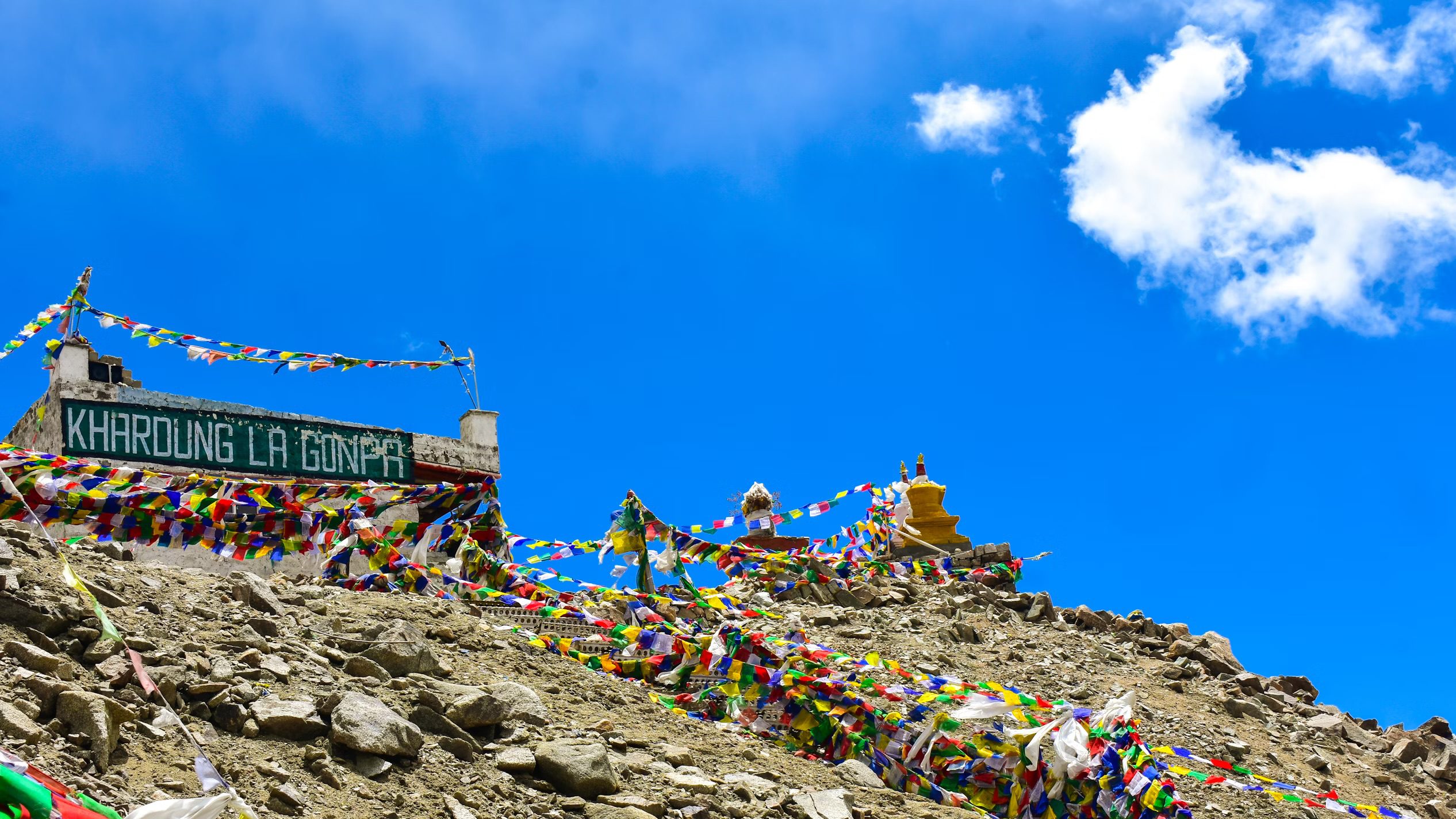
Khardung La, one of the highest motorable passes in the world, is a dream location for photographers. At an altitude of 5,359 meters (17,582 feet), this high-altitude pass offers panoramic views of the Himalayan mountain ranges, including the Karakoram Range. The surrounding landscape is rugged and dramatic, making it an ideal location for landscape photography. The road winding through the mountains makes for an excellent subject for adventurous road trip photography.
10. Thiksey Monastery – Architecture and Culture
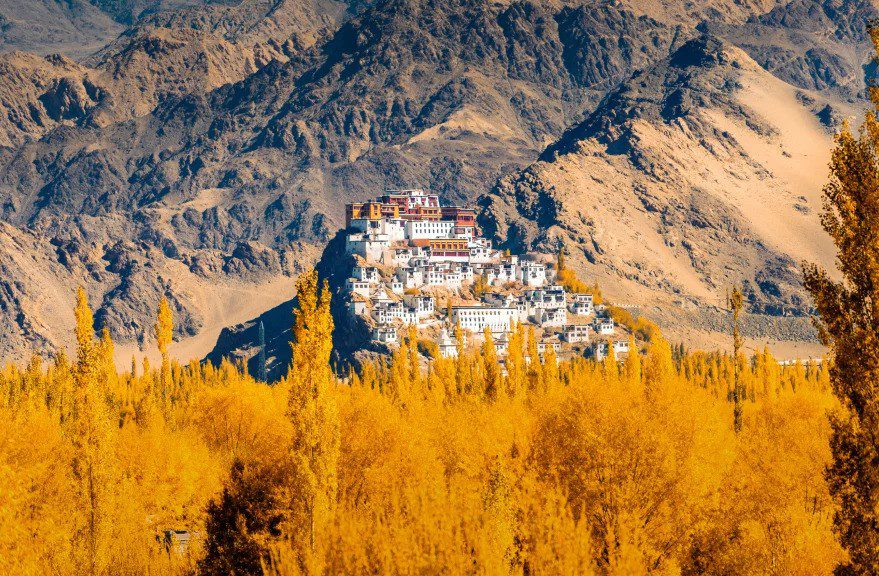
The Thiksey Monastery is often compared to the Potala Palace in Tibet due to its impressive architecture. The multi-tiered structure is an architectural gem and provides numerous opportunities for both interior and exterior shots. The best time to visit is early in the morning when the monastery is bathed in soft golden light, and the daily prayers add an element of spirituality to your photographs.
11. Alchi Monastery – Ancient Murals and Art
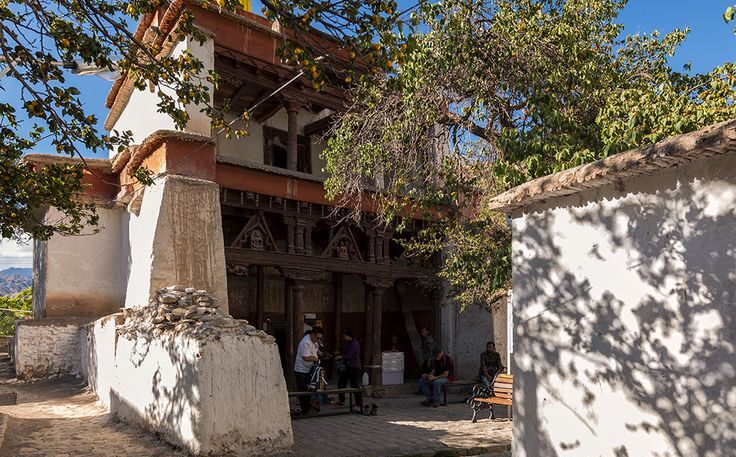
Alchi Monastery is renowned for its ancient murals and Buddhist art, making it a fascinating subject for close-up photography. The intricate details of the murals, combined with the serene setting of the monastery, offer a unique perspective on Ladakh’s rich cultural heritage. Low-light photography skills will come in handy here, as many of the murals are inside the monastery’s dimly lit halls.
12. Lamayuru Monastery – Moonland Landscapes
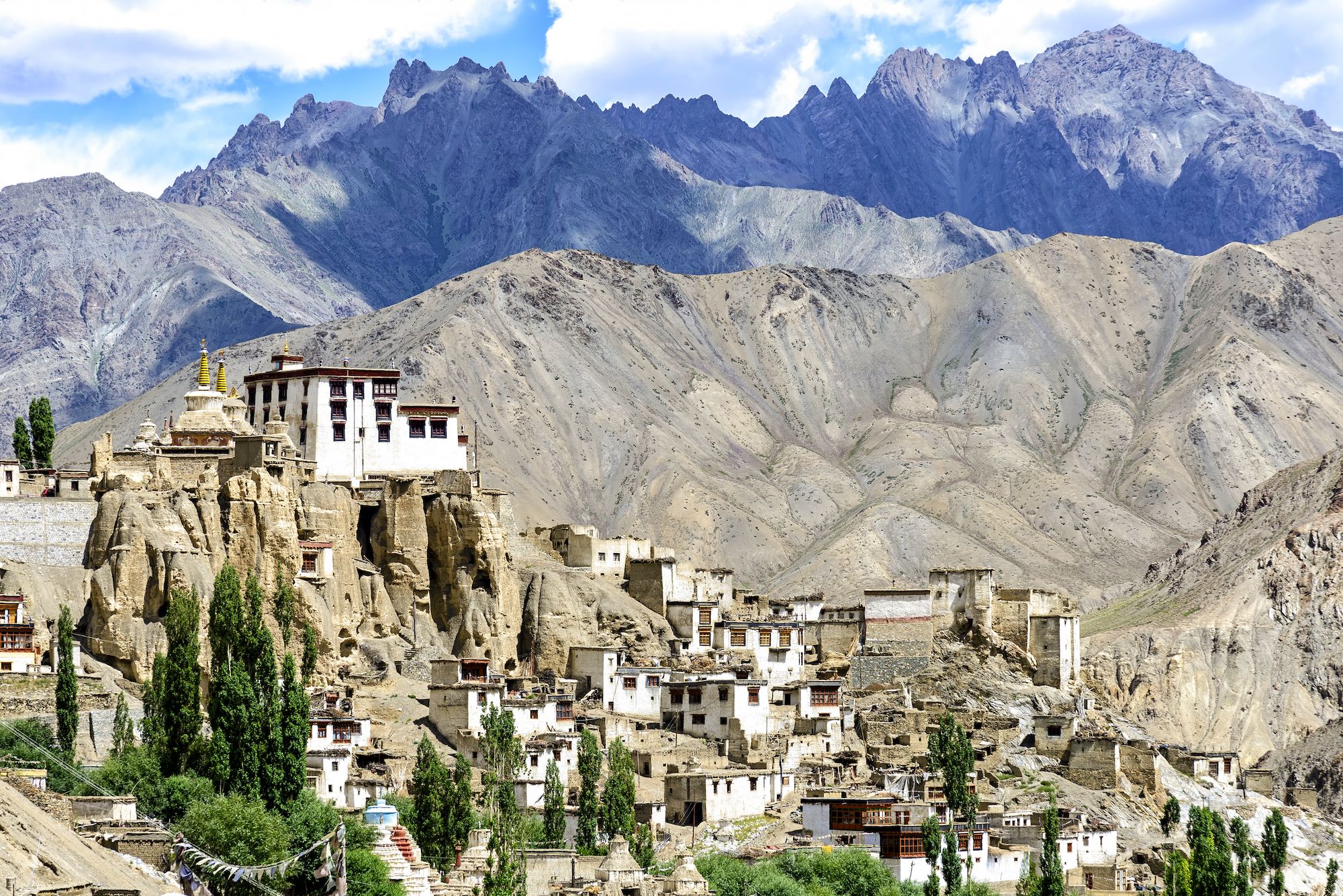
The Lamayuru Monastery is located amidst a unique landscape often referred to as moonland due to its otherworldly, barren terrain. The combination of the monastery’s ancient architecture and the dramatic landscape makes for some incredible shots. For the best results, shoot during the late afternoon when the light brings out the textures and shapes of the moonlike terrain.
Photography Tips for Ladakh’s Extreme Weather and High Altitude
Adjusting to Ladakh’s Weather for Photography
Ladakh’s weather can be extreme and unpredictable, posing unique challenges for photographers. The region’s high altitude, strong UV radiation, and fluctuating temperatures mean that you need to be well-prepared to capture stunning shots while protecting both yourself and your equipment.
- Protect Your Gear from Dust and Sand: Keep your camera and lenses protected by using a weather-sealed camera bag and placing UV filters over your lenses. Always have a lens cleaning kit handy to remove dust particles from your gear.
- Prepare for Cold Temperatures: Bring warm clothing like thermals, gloves, and a hat to protect yourself from the cold.
- Battery Life in Cold Weather: Cold temperatures can drain your camera batteries faster. Always carry spare batteries, and keep them close to your body to keep them warm.
- Use a Sturdy Tripod: Bring a heavy, sturdy tripod to ensure stability, particularly when shooting in windy conditions.
- Adjust Your Camera Settings for High Altitude: Use a low ISO and consider using ND filters to handle the intense sunlight.
- Carry Water and Sunscreen: Use sunscreen with high SPF and stay hydrated.

Capturing Ladakh’s Clear Night Skies
Ladakh is renowned for its clear, pollution-free skies, making it one of the best places in India for astrophotography. The absence of light pollution in remote areas like Tso Moriri and Nubra Valley provides excellent opportunities to capture star trails, the Milky Way, and constellations.
- Choose the Right Location: Head to remote areas like Pangong Lake or Hunder for the best astrophotography.
- Use the Right Camera Settings: Set your camera to manual mode, use a wide-angle lens, a low aperture (f/2.8 or lower), and set the shutter speed between 15-25 seconds.
- Stabilize Your Camera: A sturdy tripod is essential for long exposures.
- Shoot in RAW Format: This gives you more flexibility when editing your night shots.

Q&A: Frequently Asked Questions about Photography in Ladakh
Q: What is the best time to visit Ladakh for photography?
A: The best time to visit Ladakh for photography is between May and September, when most roads are open, and the weather is relatively mild. However, winter is perfect for capturing snow landscapes and wildlife photography.
Q: Do I need any special camera equipment for Ladakh?
A: For Ladakh, it’s essential to bring a wide-angle lens for landscapes, a telephoto lens for wildlife, and ND filters for managing intense sunlight. Also, carry a sturdy tripod, extra batteries, and weather protection for your gear.
Q: Can I use drones for photography in Ladakh?
A: Drones are allowed in some areas of Ladakh but are restricted around monasteries and important tourist spots like Pangong Lake and Leh Palace. Make sure to obtain permissions from local authorities before flying your drone.
Q: How do I deal with altitude sickness while photographing in Ladakh?
A: Spend the first few days in Leh to acclimatize, stay hydrated, and avoid physical exertion. If you experience symptoms like dizziness or headaches, descend to a lower altitude immediately.
Q: What locations in Ladakh are best for astrophotography?
A: Remote areas like Pangong Lake, Tso Moriri, and Hunder in Nubra Valley are ideal for astrophotography due to their clear, pollution-free skies.
Q: How can I protect my camera gear from the weather in Ladakh?
A: Use weather-sealed camera bags, carry UV filters for lens protection, and pack a lens cleaning kit to keep your equipment safe from dust, sand, and cold.

